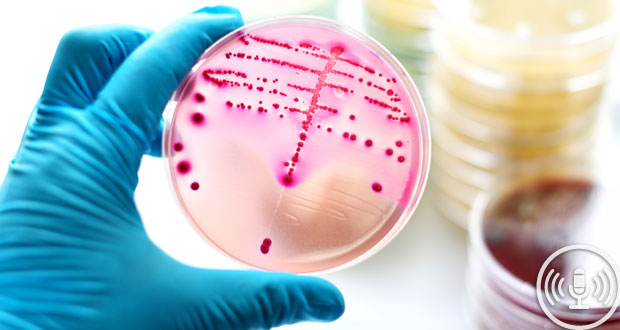WHO publishes list of most threatening bacteria in fight against antibiotic resistance

The World Health Organization (WHO) has released a list of 12 families of bacteria that pose the greatest threat to human health.
The list of antibiotic-resistant “priority pathogens” was created to guide and promote research and development of new antibiotics.
WHO assistant director-general for health systems and innovation Dr Marie-Paule Kieny said antibiotic resistance is growing and treatment options are fast running out. “If we leave it to market forces alone, the new antibiotics we most urgently need are not going to be developed in time."
Dr Michael Gillings, professor of Molecular Evolution at Macquarie University, said over the last decade, there has been very little activity in research on developing new antibiotics.
“The reasons for that are the expense of development coupled with the fact that they don't return a lot of profit when they are developed,” Gillings said. “It's the role of governments to subsidise or promote that research and development if we're going to get new antibiotic classes.”
The WHO list is divided into three categories according to the urgency of need for new antibiotics.
The organisation said the highest priority group includes multidrug resistant bacteria that pose a particular threat in hospitals, nursing homes, and among patients whose care requires devices such as ventilators and blood catheters.
The group said these bacteria have become resistant to a large number of antibiotics, including carbapenems and third generation cephalosporins, which are the best available antibiotics for treating multi-drug resistant bacteria.
WHO released the list in the hope it prompts governments to put in place policies that incentivise basic science and advanced research and development. But the group said this alone won’t solve the problem as there must also be better prevention of infections and appropriate use of existing antibiotics in humans and animals, as well as rational use of any new antibiotics that are developed in the future.
Professor Evelina Tacconelli, head of the Division of Infectious Diseases at University of Tübingen and who collaborated with WHO on the list, said new antibiotics targeting the listed pathogens will help to reduce deaths due to resistant infections around the world. "Waiting any longer will cause further public health problems and dramatically impact on patient care."
The WHO priority pathogens list
Deemed priority 1 or critical are:
- Acinetobacter baumannii, carbapenem-resistant
- Pseudomonas aeruginosa, carbapenem-resistant
- Enterobacteriaceae, carbapenem-resistant, ESBL-producing
High priority:
- Enterococcus faecium, vancomycin-resistant
- Staphylococcus aureus, methicillin-resistant, vancomycin-intermediate and resistant
- Helicobacter pylori, clarithromycin-resistant
- Campylobacter spp., fluoroquinolone-resistant
- Salmonellae, fluoroquinolone-resistant
- Neisseria gonorrhoeae, cephalosporin-resistant, fluoroquinolone-resistant
Of medium priority:
- Streptococcus pneumoniae, penicillin-non-susceptible
- Haemophilus influenzae, ampicillin-resistant
- Shigella spp., fluoroquinolone-resistant
Email: [email protected]




